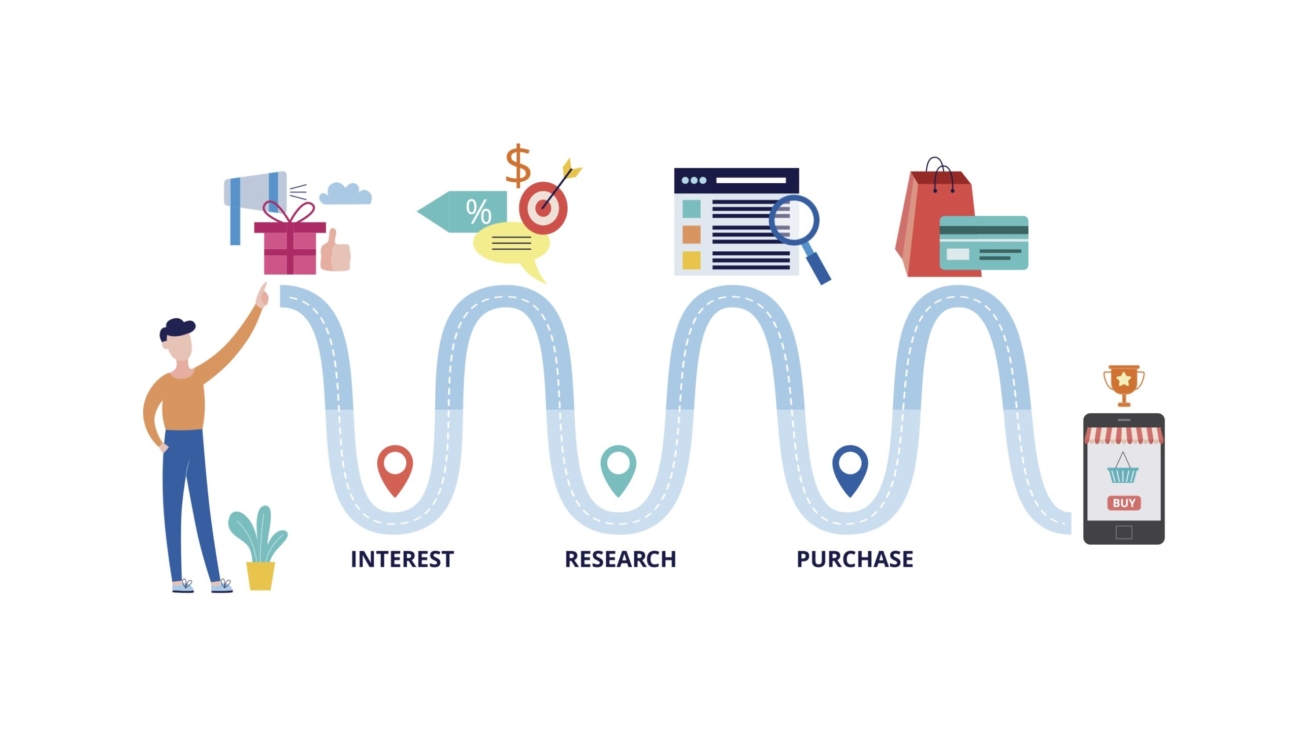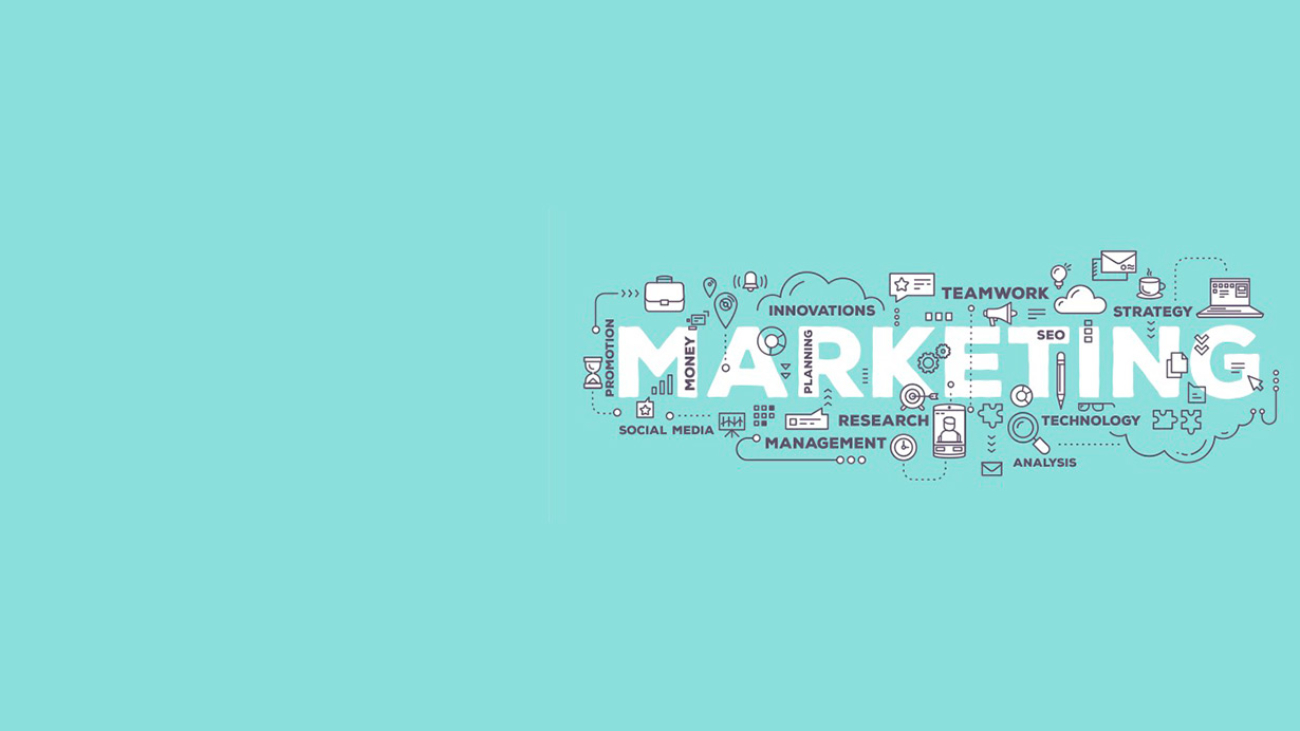Here’s what we think: 2022 was anything but 2020-Too. If you caught our post last December, we were cautiously optimistic about this year. Bricks-and-mortar continued to hold their own, marketers weathered the storm of privacy concerns and iOS updates and navigated more media channels than ever before.
When we look back at 2022, there are some key trends that come to mind… and get us excited for 2023! Let’s review:
- Paper Is on Its Way Back!
In July, we reported that paper supply remained tight, and prices were continuing to climb due to steady demand, reduced capacity, and high input costs. Today, demand is softening somewhat, prices are holding steady, and paper is generally becoming more available. Whereas most paper mills have been on allocation or even moratorium, these supply restrictions are easing and the global paper shortage that we have been experiencing is abating.
That said, so much capacity has come out of the market in the past decade that pricing is expected to remain at elevated levels, especially if demand stays steady in the first half of 2023. Graphic paper supply will continue to decrease in the coming years as mills continue to diversify their product mix. Several mill conversion announcements have already been made that will significantly impact supply going forward. Aligning with strategic suppliers will be paramount for end-user customers.
As direct marketers, we believe in the power of offline media. In fact, marketers have combatted paper challenges with increased use of direct mail, clever interplay between offline and online efforts, innovation with page count and circulation, and more. We’re excited to see where offline media goes in 2023.
- Shifting Consumer Behavior
While we haven’t been surprised by many trends that have soared in popularity in 2022 – the power of personalization, volume of online shopping and an interest in sustainability – there is inarguably power in consumer behavior. In many cases, changed interests and values have resulted in brands shifting their retail strategy and product innovation.
However, what has also resulted in brands’ shifting strategies? Inflation. “Inflation has driven up the cost of all goods by 8.2% between September 2021- September 2022,” according to the Bureau of Labor Statistics (source: Nerd Wallet). It’s important to note that inflation has affected some categories more than others, such as food versus clothing prices. Will there be any relief in 2023? Will supply chain issues resurface? We’ll all have to stay tuned.
- Data Is Everything
At Media Horizons, our “secret” is placing emphasis on intensive data and analytics to grow our clients’ businesses. Today, online to offline attribution is a major pain point for many companies. That said, without a quality attribution model, upper funnel media has been intensely impacted. Check out more reasons why data (and attribution) are everything!
- The Future of Paid Social
In 2022, Facebook and Instagram targeting saw a greater impact from Apple’s privacy restrictions that went into place in 2021. Advertisers have had to experiment with a variety of targeting tactics, including broader targeting and more tightly targeted ad copy.
Audience targeting challenges will continue into 2023, but Facebook and Instagram’s automated targeting has been yielding success in the absence of audience targets that have been removed.
We recommend that advertisers test newer Paid Social platforms like TikTok and BeReal. to see what kind of traction they can get, and diversify their ad formats, such as expanding to Instagram Reels.
- Postage Updates on the Horizon
In 2021, the industry saw two significant postal changes resulting in double-digit increases for catalogs (Marketing Mail flats) and near double-digit increases for Direct Mail (Marketing Mail letters). In case you didn’t catch the exact percentages, get familiar with them here. The USPS has recently announced their next increase, which will take place in January.
There’s never been a better time to be strategic about your direct mail strategy. Consider changing to a different format – encourage creative thinking with your vendors – and add innovation to your strategy accordingly. Stay tuned for our next “Tom Says…” in which we’ll share everything that you need to know about the USPS updates.
When we look back at trends from this year and ahead to 2023, there is one key theme that comes to mind: omnichannel. The value of an omnichannel strategy is unmatched. If your media mix does not include both online and offline channels (that are working together!), your brand is not as strong as it could be. Be the change and future-proof your business. Connect with us in 2023 to propel your business forward.










